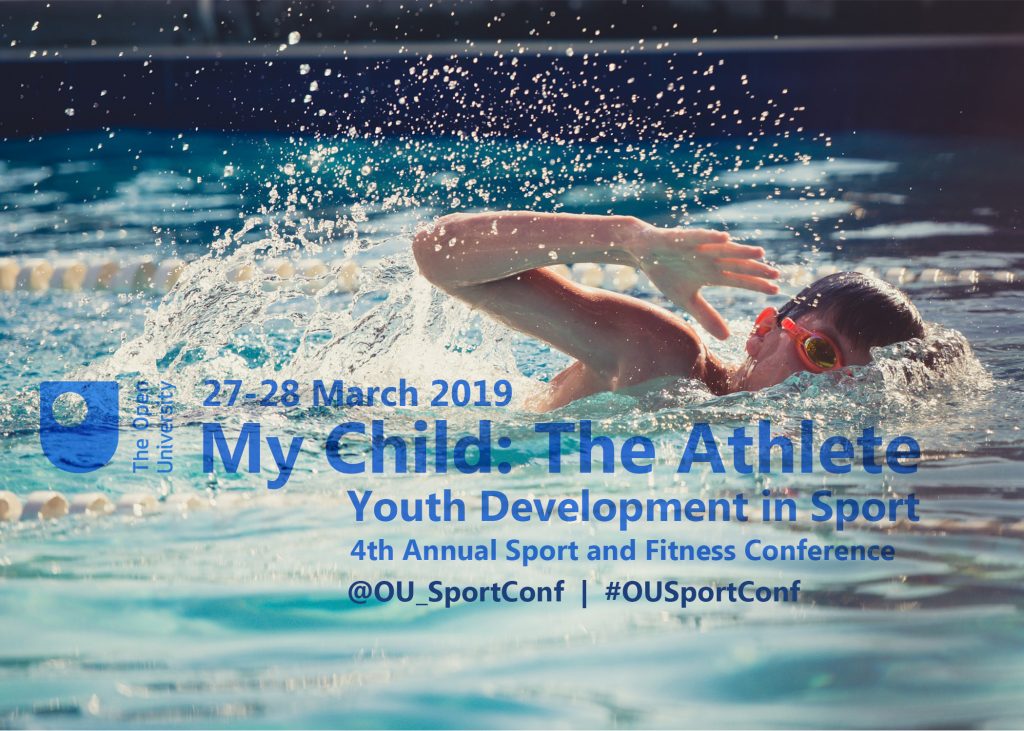My Child: The Athlete
Tickets are on sale now – Click here to register!
The 4th annual OU Sport and Fitness Conference focuses on youth development in sport with particular attention paid to contemporary issues such as:
-
Youth physical development
E.g. Strength and conditioning, injury prevention, physical literacy, skill acquisition
-
Psychological development
E.g. Building resilience, coping with and learning from failure
-
Parental support for talented athletes
E.g. Research to support parents of talented athletes, effects on siblings and family members, family dynamics and youth development
-
Coaching considerations when working with children
E.g. planning training and practice, coaching behaviours, managing expectations, managing the needs of each athlete
With three world-leading keynotes confirmed, this promises to be an illuminating and thought provoking two days:
Toni Minichiello – Coach to GB’s 2012 gold medal-winning Olympian Jessica Ennis-Hill. (Day 1 evening keynote presenter)
Dr Jean Côté – Professor at Queen’s University, Canada and world-renowned researcher within the fields of youth sports and coach development. @JeanCote46
Dr Camilla Knight – Associate Professor at Swansea University and leading expert on the psychosocial experiences of children in sport, with a particular focus upon the influence of parents. @cjknight
Whether you’re an academic, a student, a coach, teacher or parent, we invite you to join us for two action packed days full of dissemination, discussion, and learning opportunities.
Call for Abstracts (Now Open for Submissions):
The OU Sport and Fitness Conference team invites the submission of abstracts for consideration as either an oral or poster presentation. Submissions may have either an academic or applied focus resonating with the themes of the conference (see above bullet points). We would also welcome submissions which report on research in progress or the initial stages of development.
Please download the abstract submission guidelines here:
Abstract Submission Guidelines
Delegates:
Click here to register!
Full conference packages:
Access to the whole two days – keynotes and breakout sessions
Three course conference dinner on day 1*
Lunch and refreshments on both days
*Please note – we have a limited number of tickets for the evening session – book early to avoid disappointment.
Evening only package*:
Access to the evening session on day 1
Keynote presentation from Toni Minichiello
Q&A Panel with Toni, Dr Jean Côté and Dr Camilla Knight
Three course conference dinner
*Please note – the evening session will take place at Kents Hill Park Training and Conference Centre, MK7 6BZ. There are a limited number of tickets available for this session so please book early to avoid disappointment.
 Twitter
Twitter
Don’t forget to follow us for all the latest conference updates: @OU_SportConf and use the hashtag #OUSportConf to share that you’ve registered!
We look forward to welcoming you to My Child: The Athlete in March 2019!
For any conference queries please contact WELS-Research-Events@open.ac.uk






